Volvo is charging into 2026 with a brand-new model: the all-electric EX60, confirmed for a global debut in January. Designed to take over from the XC60 - officially Volvo’s biggest-selling car ever – the new EX60 will slot into the heart of the brand’s growing EV line-up and go wheel-to-wheel with the Audi Q6 e-tron, Porsche Macan Electric, and the next-gen BMW iX3.
The first official teaser image has already been revealed on Volvo’s social media channels, giving us a first glimpse at the EX60’s rear-end design. And, in true modern Volvo style, it’s all about lighting drama. Expect to see split tail-lights embedded neatly into the rear glass, flanked by slim lower clusters tucked into the car’s sculpted haunches. If you’ve seen the EX90 or EX30, you’ll know the look: clean, confident and very Swedish. The familiar Volvo wordmark now spreads wide across the tailgate, and the surfacing appears smooth and slippery – perfect for eking out a few extra miles of range. Expect it to take plenty of design cues from the Recharge Concept shown in 2021.
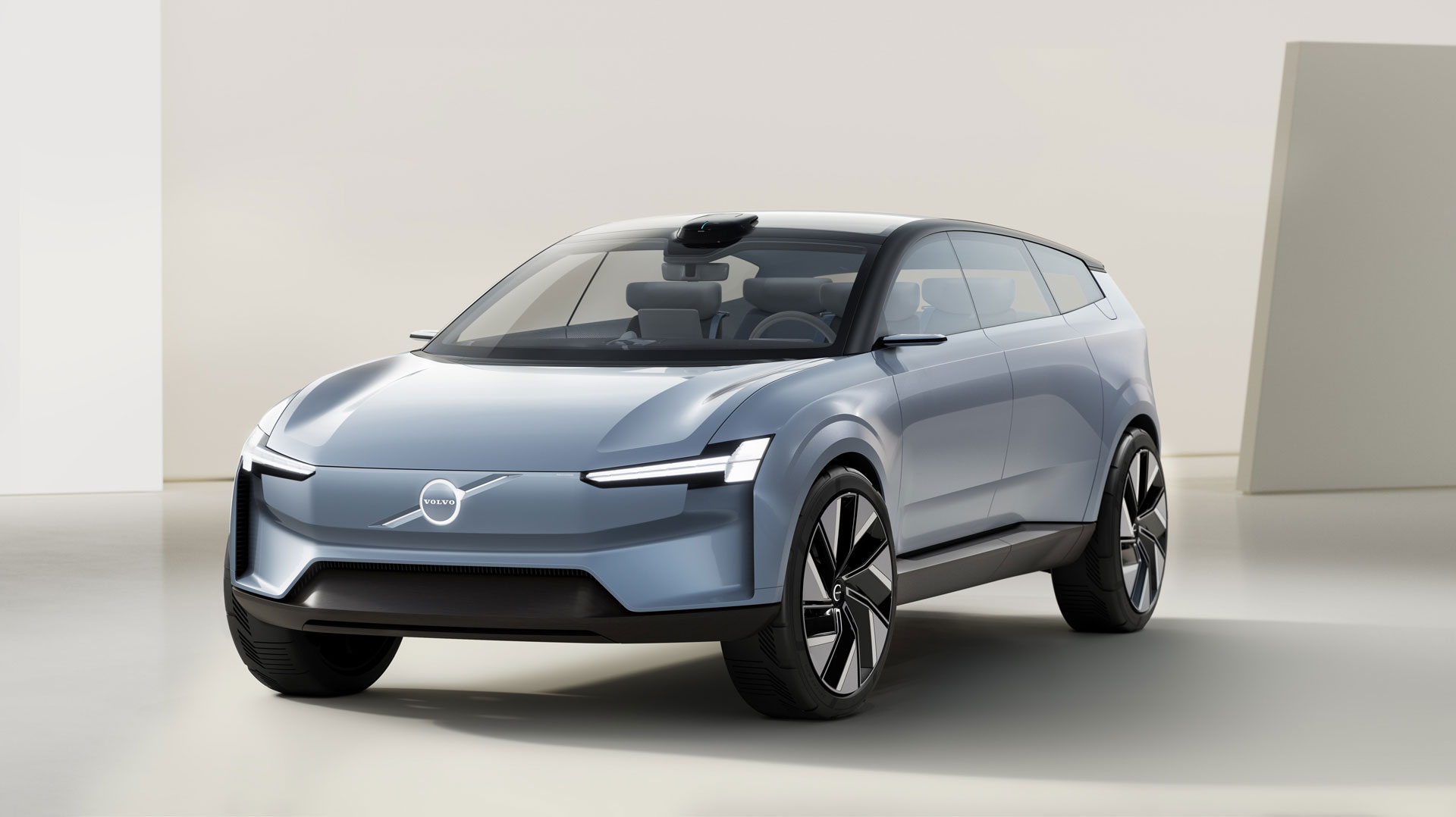
The EX60 rides on Volvo’s brand-new SPA3 platform, which is the brand's most advanced to date. Designed to be clever, efficient and endlessly adaptable, SPA3 will allow Volvo to build everything from small hatches to large SUVs using the same core underpinnings. It’s all part of the brand’s vision for simplicity, sustainability and software-defined motoring.
Volvo says SPA3 can “learn and evolve” over time, meaning your EX60 won’t just sit on your driveway looking clever – it’ll actually get cleverer as it ages, thanks to over-the-air updates and intelligent core computing. How clever? We’ll find out next year, but the brand hints at new features being added long after launch, turning all EX60s into something of a rolling Swedish software project.
While the flagship EX90 brings a high gadget count, it’s not yet confirmed whether the EX60 will get the same advanced LiDAR suite for semi-autonomous driving. But one innovation that is confirmed is Volvo’s new multi-adaptive safety belt system, a world-first that will debut on the EX60 before filtering to the rest of the range.
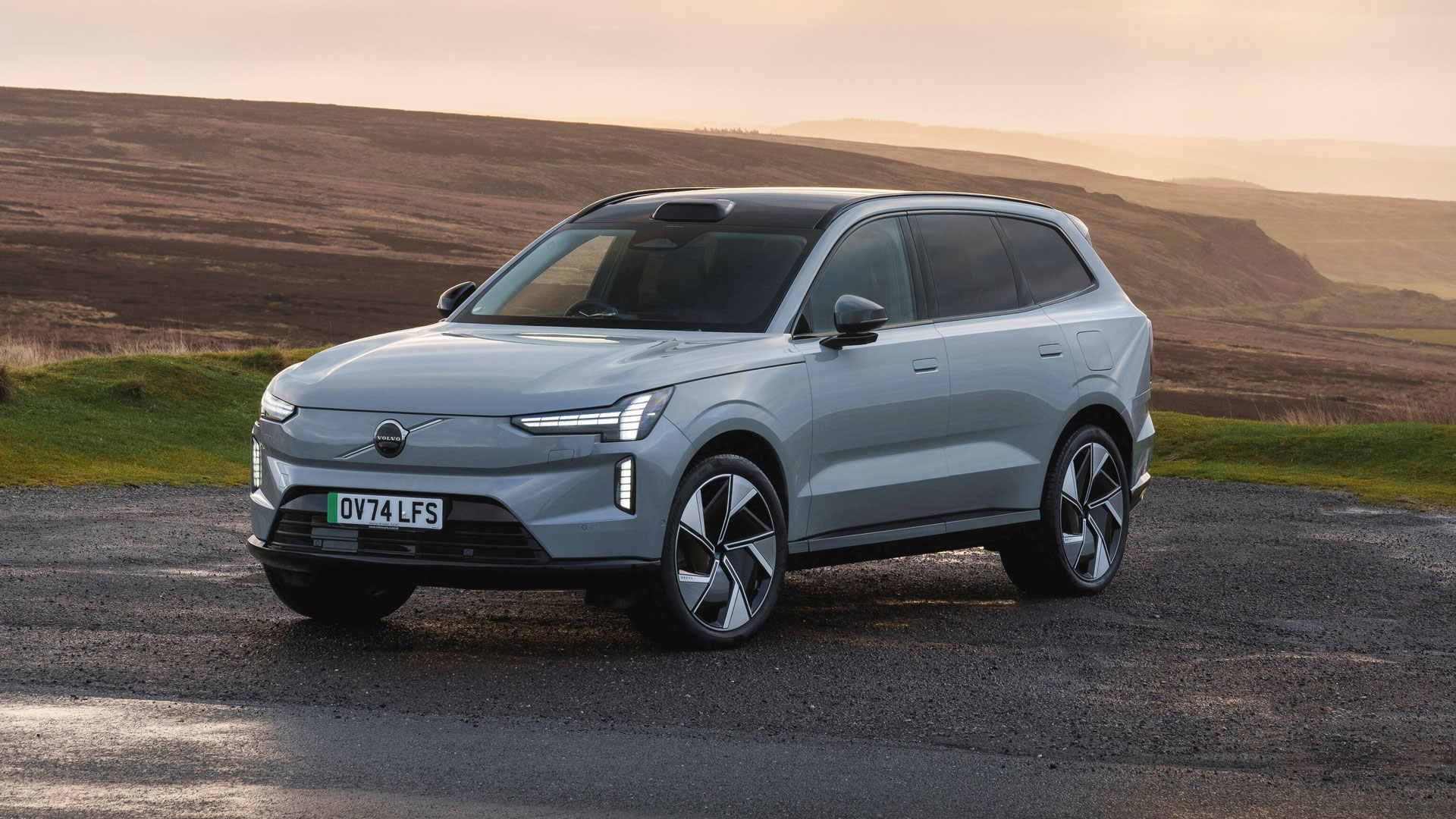
But the biggest headlines may lie under the floor. The EX60 is Volvo’s first model to feature a “structural” battery pack, a design where the battery itself becomes part of the car’s structure, rather than just something bolted in underneath. Tesla and BYD are already on board with this tech, and Volvo’s version promises better rigidity, lower weight, and improved energy density.
This structural battery is expected to be smaller than the 107kWh pack found in the larger EX90, but thanks to its smarter packaging and lighter body, the EX60 could edge close to 400 miles of range. That would place it right in the sweet spot for the segment.
Supporting that battery pack is another bit of clever thinking — a megacasted aluminium rear floor, made in a factory in Gothenburg using processes not far removed from the ones used to make model cars. Instead of building the underfloor from dozens of pressed parts, Volvo casts it from a single, giant piece of aluminium. It’s faster (120 seconds versus an hour), lighter (up to 20 per cent), and opens up more boot space, too.
Volvo also says the megacast floor offers “equal or better” crash performance than the traditional multi-piece setup. And with a goal to increase recycled content from the current 20 per cent, the EX60 is shaping up to be more sustainable in both build and retirement.
The covers come off officially in January, ahead of a UK launched later next year.
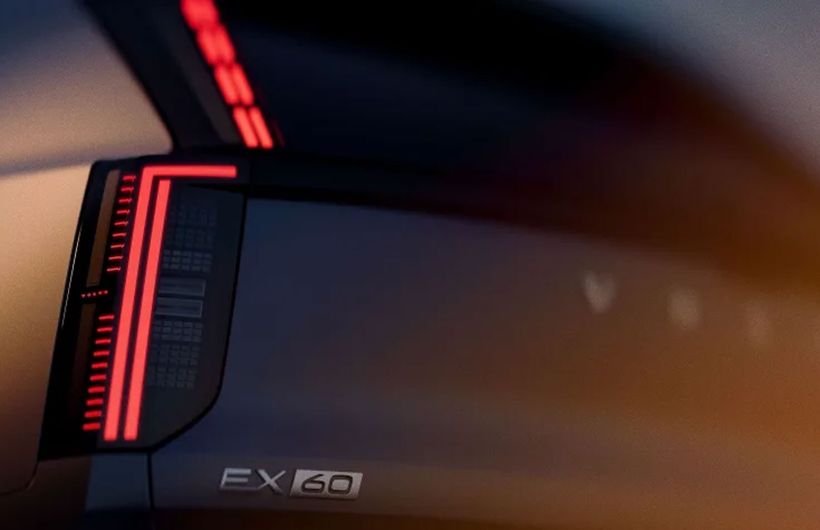





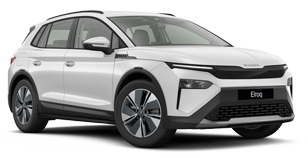



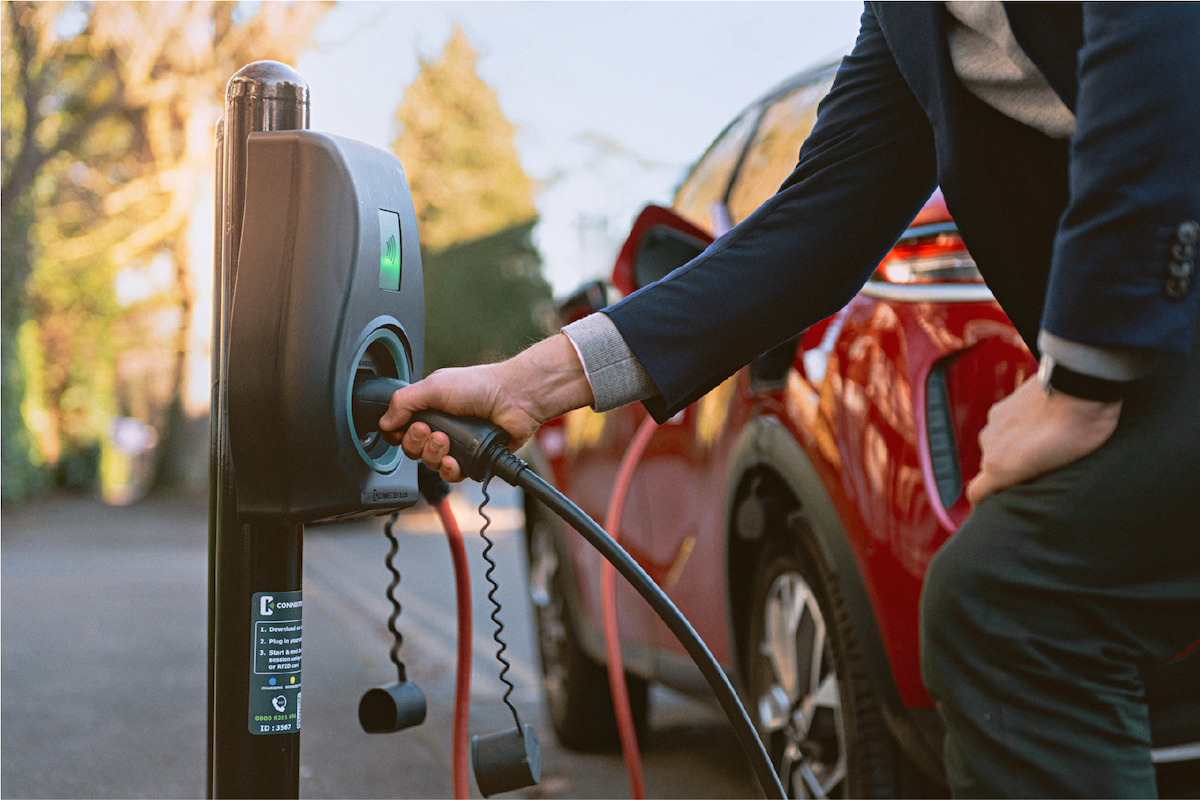.jpg?width=600&height=600)

